Colorado Blue Spruce Lumber
- June 28, 2023
- 0 comment

Colorado blue spruce lumber is derived from the Colorado blue spruce tree (scientific name: Picea pungens), a popular evergreen tree known for its striking blue-green foliage. The lumber obtained from this tree species is highly valued for its durability, strength, and attractive appearance. It is commonly used in various woodworking applications, both indoors and outdoors, due to its excellent performance and appealing aesthetic qualities.
| Scientific Name | Picea pungens |
| Distribution | Native to the Rocky Mountain region of North America, primarily found in Colorado, Wyoming, and adjacent states. It has also been widely planted as an ornamental tree. |
| Tree Size | Colorado blue spruce trees typically reach heights of 30 to 60 feet (9 to 18 meters), with trunk diameters ranging from 1 to 2 feet (0.3 to 0.6 meters). |
| Average Dried Weight | The average dried weight of Colorado blue spruce lumber is approximately 31 to 36 lbs/ft3 (500 to 580 kg/m3). |
| Specific Gravity | The specific gravity of Colorado blue spruce lumber ranges from 0.50 to 0.58, indicating its moderate density. |
| Janka Hardness | Colorado blue spruce lumber has a Janka hardness rating of 380 lbf (1,690 N). |
| Modulus of Rupture | The modulus of rupture (MOR) for Colorado blue spruce lumber is around 8,900 psi (61 MPa). |
| Elastic Modulus | The elastic modulus of Colorado blue spruce lumber is approximately 1,400,000 psi (9,650 MPa). |
| Crushing Strength | Colorado blue spruce lumber has a crushing strength of about 5,370 psi (37 MPa). |
| Shrinkage | The shrinkage of Colorado blue spruce lumber is relatively low, with radial shrinkage averaging around 3% and tangential shrinkage averaging around 6%. |
Color/Appearance

Colorado blue spruce lumber exhibits a light to medium reddish-brown color with subtle blue undertones. However, the color tends to darken and mellow with age and exposure to light.
Grain/Texture
The grain of Colorado blue spruce lumber is typically straight, with a fine to medium texture. It has a uniform appearance, which contributes to its overall attractiveness in woodworking projects.
Rot Resistance
Colorado blue spruce lumber is not naturally resistant to decay and rot. To enhance its durability, it is recommended to apply appropriate finishes or treatments, especially when using it in exterior applications.
Workability
Colorado blue spruce lumber is relatively easy to work with, as it machines, glues, and finishes well. It responds favorably to both hand and machine tools, allowing for smooth and precise cuts. However, due to its density, it may require some effort to nail or screw into the wood.
Odor
Colorado blue spruce lumber typically has no characteristic odor, allowing it to be used in applications where odor might be a concern, such as furniture or cabinetry.
Allergies/Toxicity
There are no known allergies or toxicity concerns associated with Colorado blue spruce lumber. However, as with any wood, it is advisable to use proper safety precautions, such as wearing a dust mask, when working with it to minimize potential respiratory irritation.
Pricing/Availability
Colorado blue spruce lumber is relatively scarce and not as readily available as other more common wood species. As a result, it may be more expensive compared to widely available lumber options.
Sustainability
Colorado blue spruce is not listed as an endangered species, and its availability is generally considered sustainable. However, it is essential to ensure responsible harvesting practices and proper reforestation to maintain the long-term sustainability of this tree species.
Common Uses
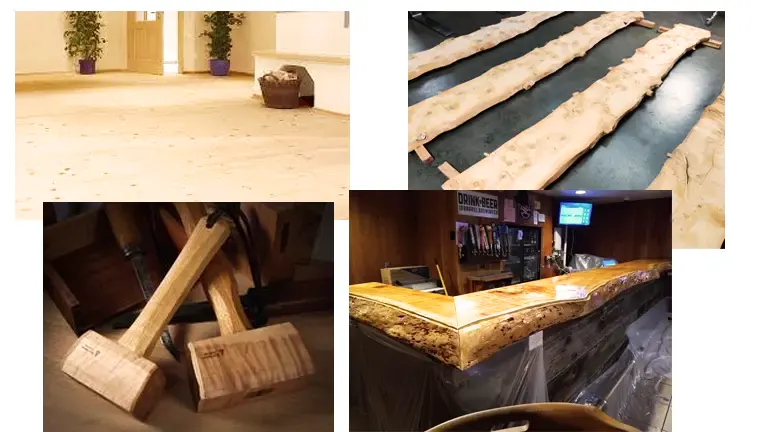
Colorado blue spruce lumber is utilized in various applications, including cabinetry, furniture, interior trim, paneling, flooring, and specialty woodworking projects. Its attractive appearance and dimensional stability make it particularly well-suited for decorative and high-end projects.
FAQs:
- Q: Is Colorado blue spruce lumber suitable for outdoor use?
A: While Colorado blue spruce lumber can be used outdoors, it is not naturally resistant to decay and rot. Proper finishing and maintenance are necessary to protect the wood from moisture and environmental elements. - Q: Can Colorado blue spruce lumber be stained or painted?
A: Yes, Colorado blue spruce lumber can be stained or painted to achieve the desired color and finish. It readily accepts various finishes, allowing for customization to match different design preferences. - Q: Does Colorado blue spruce lumber have a distinct smell?
A: No, Colorado blue spruce lumber typically does not have a noticeable scent, making it suitable for applications where odor may be a concern. - Q: How does Colorado blue spruce lumber compare to other softwood species?
A: Colorado blue spruce lumber offers good strength and durability, compared to other commonly used softwoods. Its unique blue-green coloration sets it apart aesthetically, making it a popular choice for decorative woodworking projects.




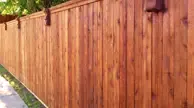


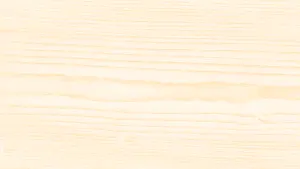

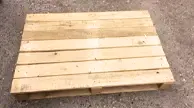
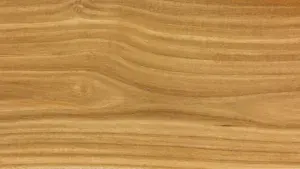


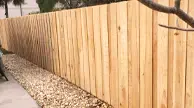
Leave your comment